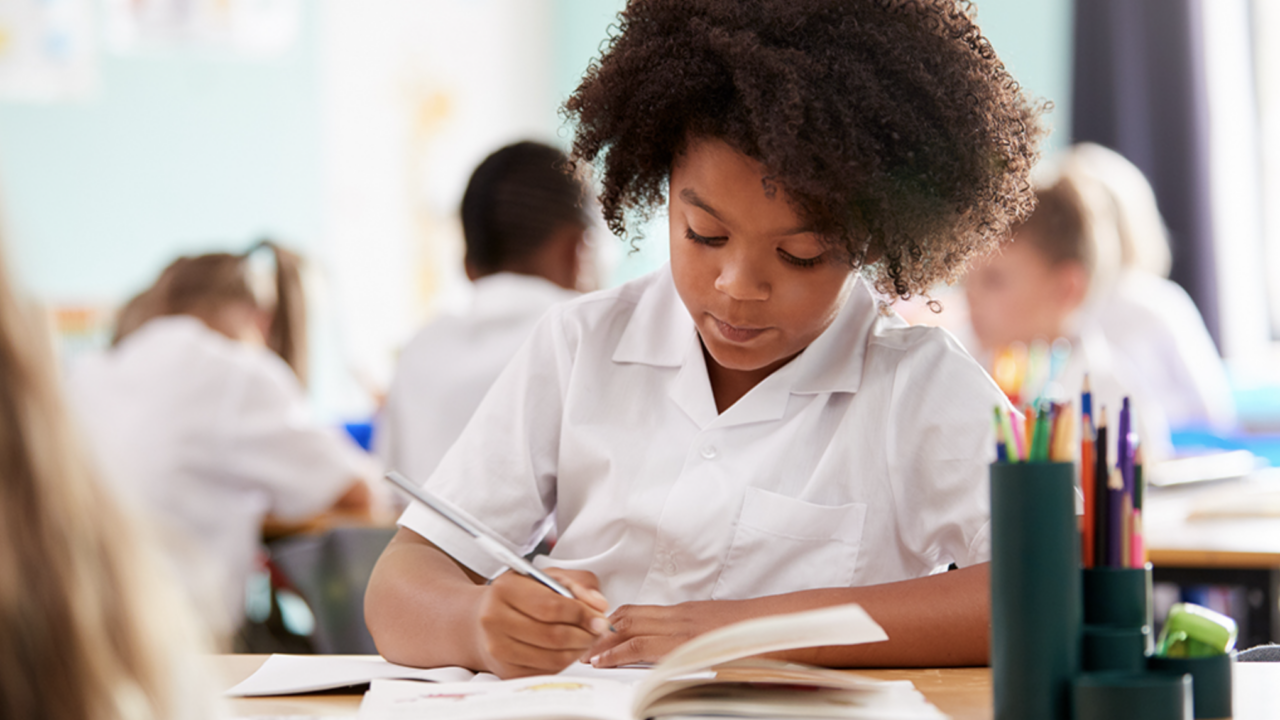
Comparing Private Schools
Your priorities for a private school will depend on what you value most in your child’s educational experience. After deciding what type of private school would best fit the needs of your child (for example, classical or secular), you can narrow down the options by doing your own research. Research can include reading the school’s official website, third-party reviews, or parent experiences on social media.
Here are a few ideas to guide your research on local private schools:
Extracurriculars
Extracurriculars are central to the private school experience, but the number and type of extracurriculars will largely depend on the size and interests of the school body. Some private schools even require students to participate in extracurriculars like arts, theater, or music as part of a holistic learning experience.
Examples of extracurriculars that will look impressive on your student’s record include:
- Fine arts: music, theater, or art
- Academic clubs
- Culture or language clubs
- Leadership opportunities like student government
- Community service or volunteer groups
- Student newspaper
- Athletic programs
If your child is invested in a specific sport or club, check with the school’s website to see if the activity is offered. Smaller private schools might not offer some of the activities taken for granted at a local public school.
School culture
School culture is the overall atmosphere of the school. How do students interact with one another? Are teachers accessible and eager to help their students? Do students and staff feel safe? Are students weighed down or motivated by academic pressures? What is the level of parent involvement in the school? What is the diversity of the student body?
When it comes to gauging the atmosphere of a school, online research won’t help much. If possible, be sure to visit the private school in-person with your child. Try to speak with teachers, sit in on a class, or talk with other families that attend the school. Your goal is to get experiential knowledge of what it would be like for your child to learn in and interact with that school’s community.
Student outcomes
Student outcomes are a measure of a school’s academic rigor. Student outcomes are usually on the school website, but if they are not, parents should ask school administrators before applying. Important school statistics include the following:
- Graduation rate of high-school students
- College acceptance rate of graduates (and which colleges those are)
- Median SAT/ACT scores
- Median PSSA and Keystone Exam scores
These statistics can be contextualized by the local school district’s statistics or other private schools in the area.
Class size & enrollment
Classroom size ranks among the top five reasons parents give for choosing a private school. Small class sizes provide the unique opportunity for more one-on-one attention, focused learning, student discussion, and classroom community. Some studies have shown that smaller classroom size also improves student performance.
The average classroom size at a private school is 15, with Catholic schools having the largest number at 35 and special education schools having the smallest number at 8.
In addition to classroom size, parents should note the enrollment numbers for the school. Private schools in Pennsylvania have a range of sizes, from Bais Yaakov of Scranton with a student body of two to Milton Hershey School with 2,020 students. Larger enrollment numbers mean better-funded extracurriculars, facilities, and programs. A smaller student body could mean a tighter-knit community and increased student-teacher interaction.
AP classes & dual enrollment
Highschoolers that are interested in taking AP and dual enrollment classes should ask about a private school’s offerings. AP and dual enrollment classes help students prepare for college with rigorous academic work that might even cover general education requirements in college. If the AP or dual enrollment classes transfer to college credit (which will depend on the student’s test grade and college policies), students save tuition dollars and can take a lighter course load to graduate.